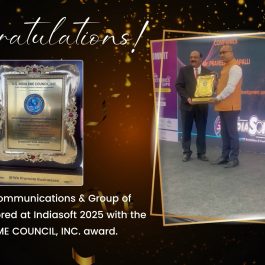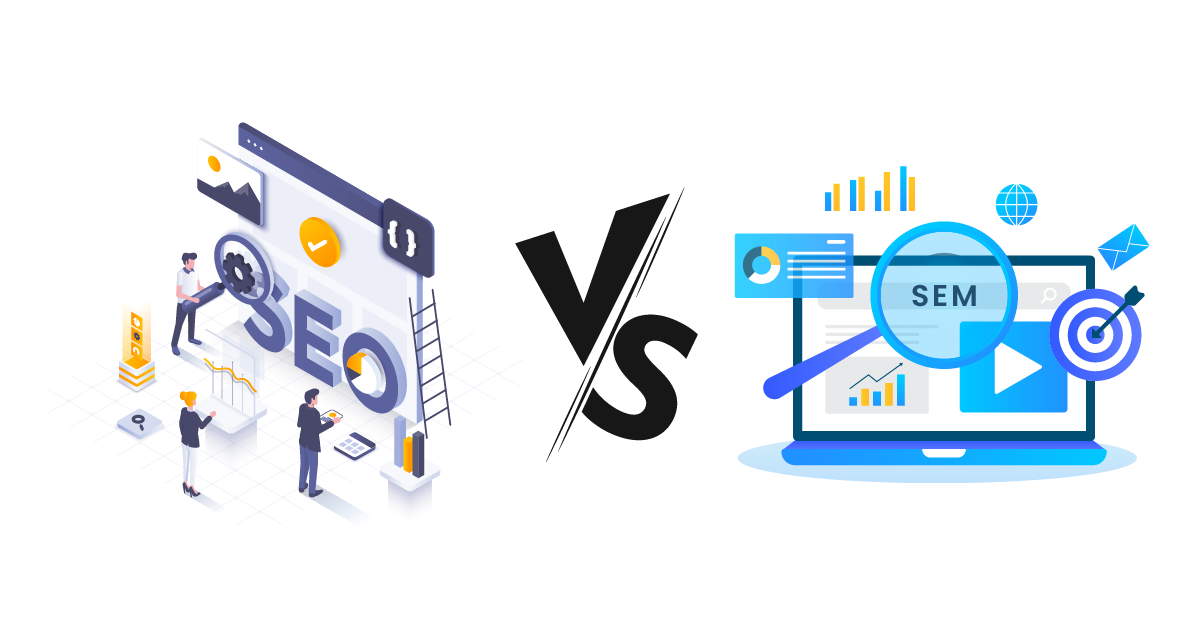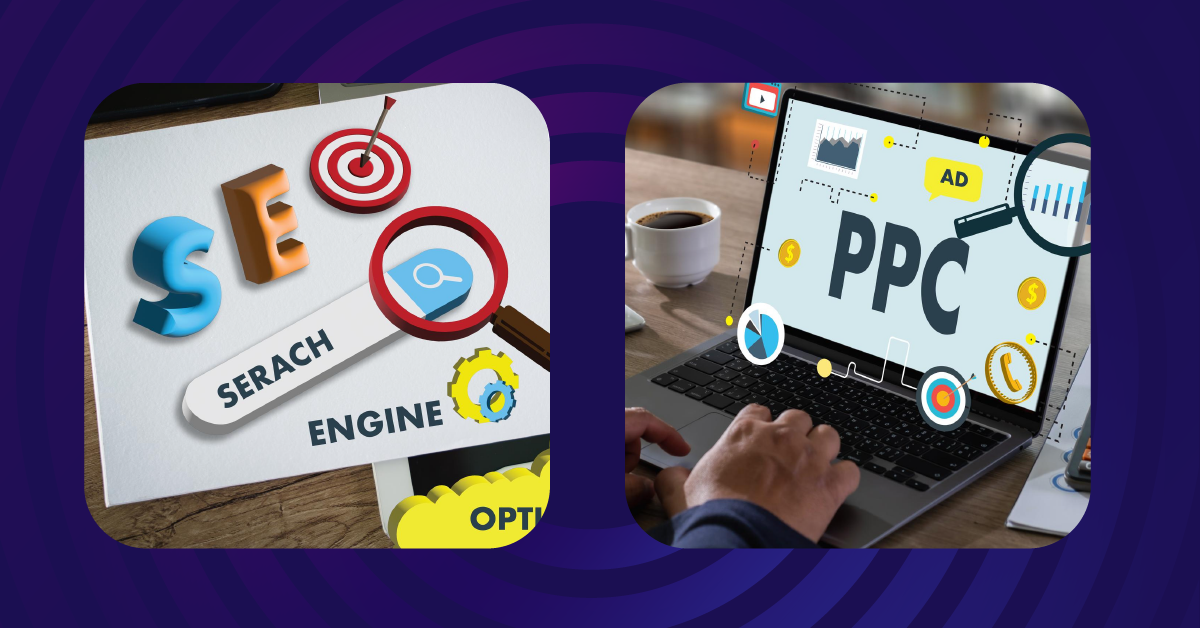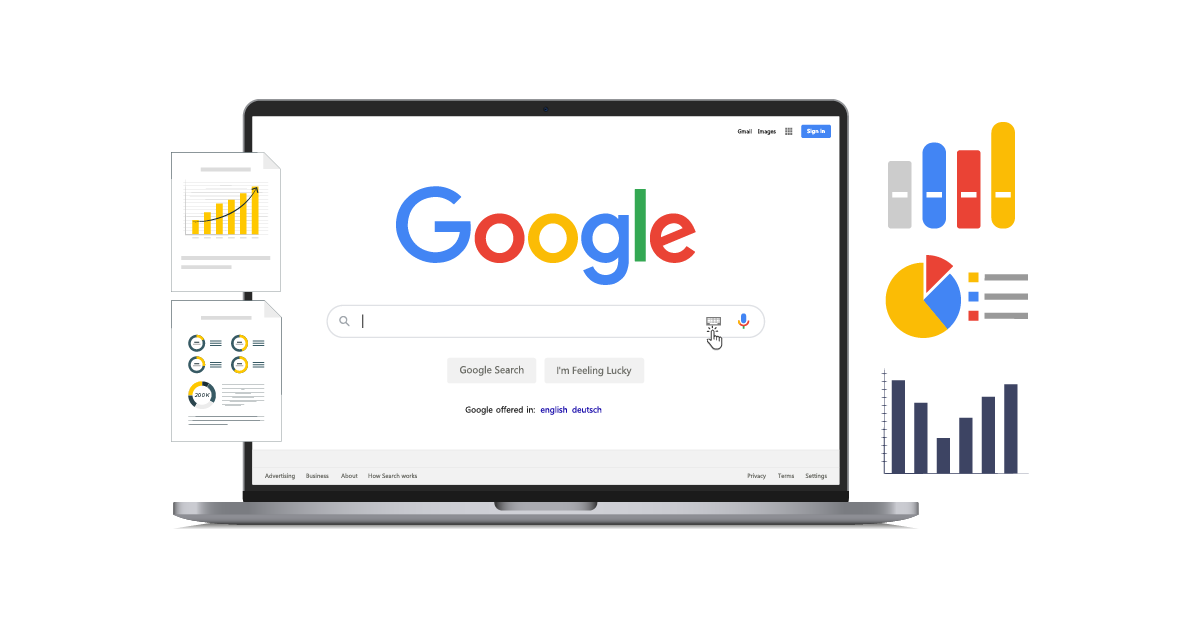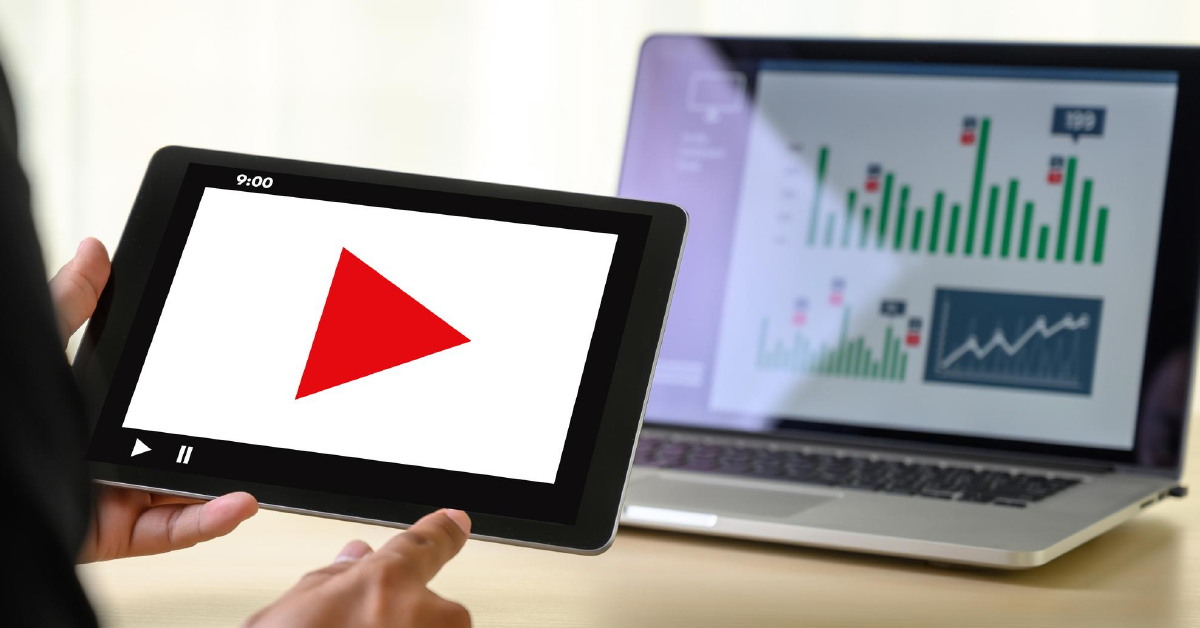5 min read
In the ever-evolving world of digital marketing, geofencing stands as a testament to the power of location-based targeting, a strategy that not only reaches consumers but resonates with them, creating moments of connection that drive engagement and sales. This exploration delves deep into the essence of geofencing strategies, revealing the blueprint for harnessing this technology to amplify your marketing ROI.
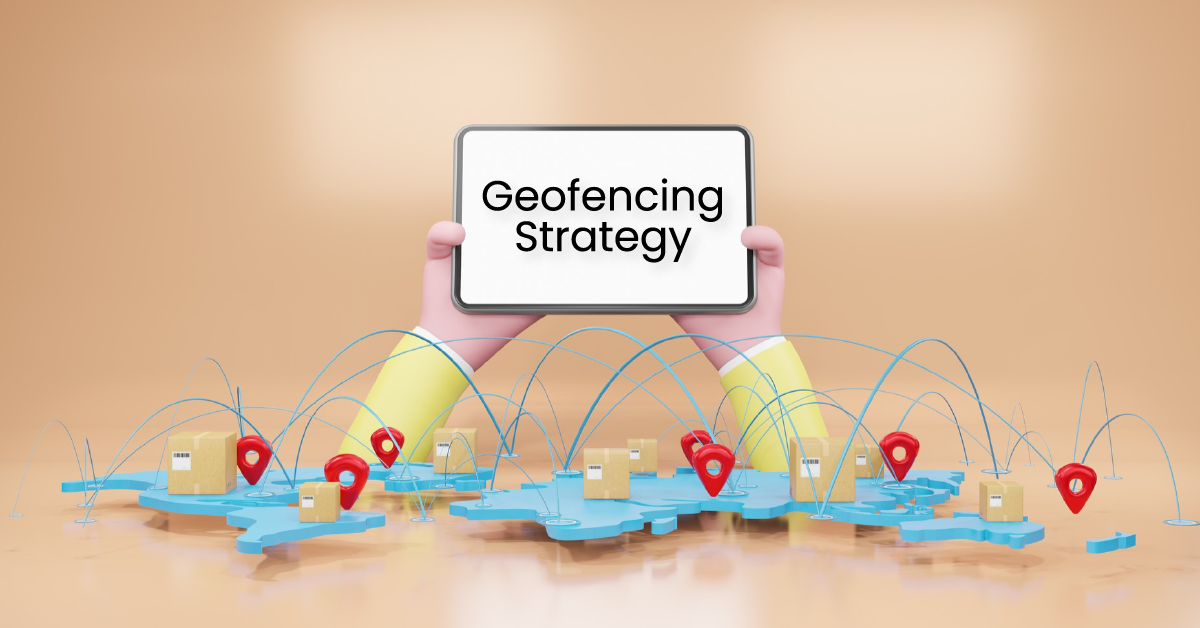
Table of Contents
What is Geofencing Strategy?
At its heart, geofencing strategy is the art of creating virtual boundaries around a specific geographical area, enabling marketers to send targeted messages to consumers once they enter, exit, or remain within this defined perimeter. It’s a strategy that marries the precision of technology with the personal touch of tailored messaging, turning geographical data into a canvas for creating deeply relevant marketing campaigns.
Crafting Personalized Consumer Experiences
The magic of geofencing lies in its ability to transform mundane locations into stages for personalized consumer experiences. By understanding the context of a consumer’s location, businesses can craft messages that not only capture attention but also cater to the immediate needs and desires of their audience, making every interaction feel both timely and serendipitous.
What are the Metrics of Geofencing?
Measuring the Impact
The efficacy of a geofencing strategy is illuminated through a prism of metrics, from foot traffic and conversion rates to engagement levels and beyond. These metrics offer a window into the behavior and preferences of your target audience, allowing businesses to refine and optimize their strategies for maximum impact.
The Power of Data-Driven Insights
In the realm of geofencing, data reigns supreme. Analyzing the data collected from geofencing campaigns enables marketers to understand not just where consumers are, but how they interact with the brand across different locations and touchpoints, paving the way for more effective and efficient geofencing marketing strategies.
How Effective is Geofencing?
Unlocking the Potential
The effectiveness of geofencing is not just in its ability to target consumers based on location but in leveraging this targeting to drive real, measurable results. From increasing store visits to boosting app usage and sales, geofencing has proven itself as a formidable tool in the marketer’s arsenal, offering a direct pathway to enhanced ROI.
Beyond Boundaries
The true potential of geofencing transcends the geographical limits it is defined by. Its effectiveness lies in the ability to engage consumers with hyper-relevant content at just the right time and place, creating a seamless connection between the digital and physical worlds that drives action and loyalty.
What is Geofencing in Social Media Advertising?
Bridging the Gap
Geofencing in social media advertising represents the confluence of location-based targeting and the expansive reach of social platforms. It allows marketers to create tailored social media campaigns that trigger based on the geographical location of the audience, bridging the gap between online interactions and physical locations.
The Social Dimension
Integrating geofencing with social media amplifies the impact of your marketing efforts, enabling businesses to engage with consumers where they spend a significant amount of their digital time. This strategy enhances the relevance of social ads, increasing the likelihood of engagement and conversion by reaching consumers with the right message in the right context.
Beyond the Basics: Advanced Geofencing Strategies
Event-Triggered Marketing
Harness the power of events by setting up geofences around event venues or related areas. Tailor your messaging to the context of the event, capturing the interest of attendees with offers, information, or experiences that resonate with the event theme.
Competitor Conquesting
Turn your competitors’ locations into opportunities by setting up geofences around them. Entice potential customers with compelling reasons to choose your brand, offering promotions or highlighting unique selling points that set you apart.
Integrated Omnichannel Experiences
Combine geofencing with your omnichannel marketing strategy to create a cohesive and seamless consumer journey. Use location-based triggers to enhance other channels, like sending a push notification when a user is near a store, followed by an email recap of products viewed in-app.
Dynamic Content Personalization
Leverage geofencing to personalize content dynamically on your website or app based on the user’s location. Showcase local deals, events, or relevant information that enhances the user’s experience and connection with your brand.
Analyzing and Adapting
Continuously analyze the performance of your geofencing campaigns, using the insights gained to refine and adapt your strategies. Stay agile, experimenting with different messages, offers, and geofence locations to discover what resonates best with your audience.
In Conclusion
Navigating the digital marketing landscape with geofencing is akin to setting sail with a compass that points directly to your audience, no matter where they are. It’s a strategy that requires precision, creativity, and a deep understanding of your audience’s needs and behaviors. By embracing geofencing, businesses can not only maximize their marketing ROI but also forge deeper connections with their consumers, creating memorable experiences that drive loyalty and growth.
As we chart the course for future geofencing marketing endeavors, remember that the power of geofencing lies not just in reaching the right place but in creating the right moment, turning each location into a gateway for engagement and conversion. Let geofencing be your guide as you explore new horizons in the digital realm, crafting marketing strategies that not only reach but also resonate.
FAQ’s
1.What Exactly Is Geofencing and How Does It Work?
Geofencing is a location-based digital marketing strategy that involves creating virtual boundaries (or “fences”) around a specific geographic area using GPS or RFID technology. When a mobile device enters or exits this area, it triggers a pre-set action, such as sending a push notification, email, or SMS to the device. This allows businesses to target consumers with personalized geofencing marketing messages based on their physical location.
2.What Key Metrics Should I Track to Measure the Effectiveness of My Geofencing Campaigns?
The effectiveness of geofencing campaigns can be measured through several key metrics, including foot traffic (the number of people entering your geofenced area), conversion rate (the percentage of targeted consumers who take a desired action), engagement rate (the level of interaction with the sent messages), and ROI (the return on investment from the campaign). Monitoring these metrics will provide valuable insights into the performance and impact of your geofencing efforts.
3.Can Geofencing Be Used for More Than Just Sending Promotions or Advertisements?
Absolutely. Beyond sending promotions or advertisements, geofencing can be used for enhancing customer experience, gathering insights into consumer behavior, event engagement (by targeting areas around events), competitor conquesting (targeting competitors’ locations), and integrating with omnichannel marketing strategies to create a seamless customer journey across different platforms and devices.
4.How Can I Ensure My Geofencing Advertising Strategy is Effective?
To ensure the effectiveness of your geofencing advertising strategy, focus on clearly defining your target audience and geofenced areas, creating compelling and personalized messages that resonate with the audience, and continuously analyzing and adjusting your campaigns based on performance data. Also, consider the timing and context of your messages to enhance relevance and impact.
5.What are the Legal Considerations I Need to Be Aware of When Implementing Geofencing?
When implementing geofencing, it’s crucial to comply with privacy laws and regulations, such as GDPR in Europe or CCPA in California, which govern the collection and use of personal data. This includes obtaining explicit consent from users to collect their location data, providing clear information about how this data will be used, and ensuring data security. Always stay updated on relevant laws to ensure your geofencing campaigns are compliant.
Published: April 8th, 2024
